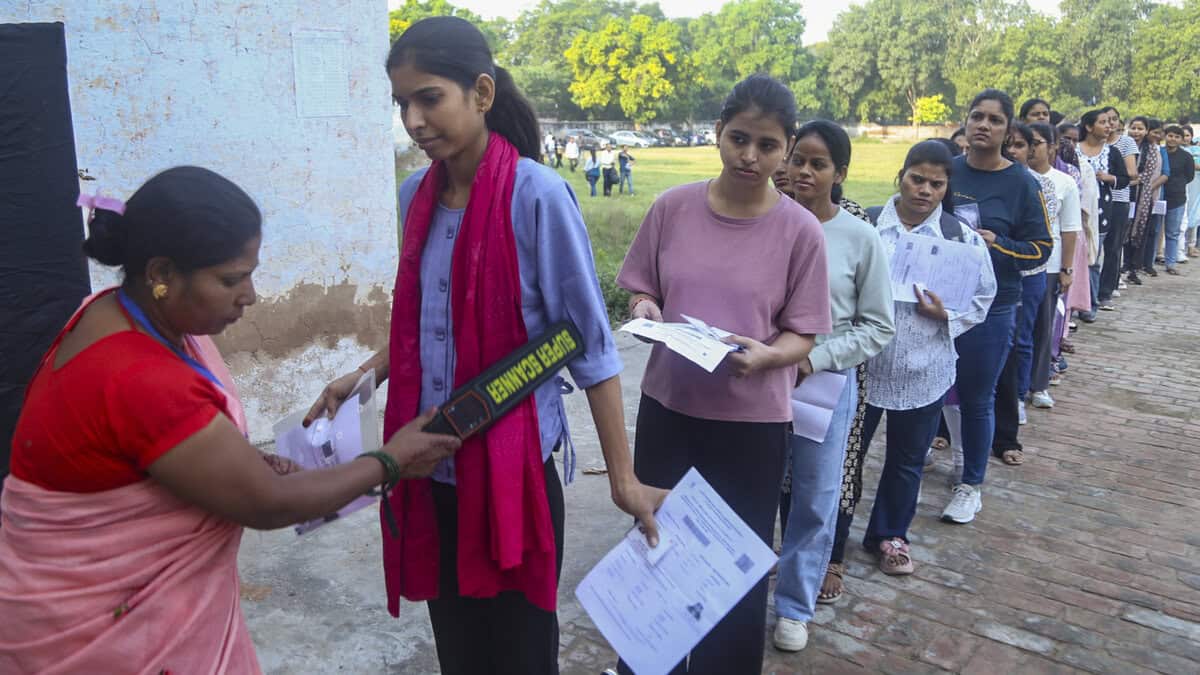Moscow: In a major development, Russia has indicated that the country may include the BrahMos Next Generation missile (BrahMos-NG) into its armed forces. It is important to note that claims have been made that no air defense system in the world can intercept the BrahMos, and this was also demonstrated during Operation Sindoor. Following this, the Russian military is now considering including the BrahMos-NG in its arsenal.
BrahMos Aerospace, the joint venture between India and Russia, is rapidly expanding its production line, as several countries have approached them to purchase the missile after Operation Sindoor. Encouraged by this, BrahMos Aerospace is now working to produce the missile in larger numbers, which would reduce the production cost and further increase the number of interested buyers.
Here are some of the key details:
- Producing BrahMos missiles is currently very expensive, according to a report by Eurasian Times.
- In the last 25 years, only about 1,000 BrahMos missiles have been manufactured—an average of just 25 units per year.
- India and Russia have decided to ramp up production due to the high demand of BrahMos.
- The report states that the Russian government may use the Indian rupees lying in Russia to expand BrahMos production.
- The biggest symbol of India’s evolving strategy is the BrahMos-NG (Next Generation).
- It will be much lighter and significantly faster than the existing BrahMos missile.
- According to Eurasian Times, retired Jaguar pilot Vijayendra K. Thakur wrote that the autonomous flight tests of BrahMos-NG are likely to begin next year, i.e., in 2026.
- The current BrahMos missile weighs around 3,000 kg, while the Air Force variant weighs about 2,500 kg.
- In comparison, the BrahMos-NG will weigh around 1,250 kg, making it suitable for launch from lighter fighter aircraft such as the MiG-29 and LCA Tejas Mk-1A.
BrahMos Aerospace Deputy CEO Chilukoti Chandrasekhar told Russia’s state news agency TASS that “It is possible that Russia may also acquire this missile for its armed forces.” Quoting Chandrasekhar, TASS reported: “Both the Russian and Indian sides are working to reduce the cost of the missiles so that maximum export orders can be fulfilled simultaneously. Along with exports, to meet the needs of our own armed forces, we need to expand our production facilities. We are working together with our Russian partners to enhance this capacity.”
















































